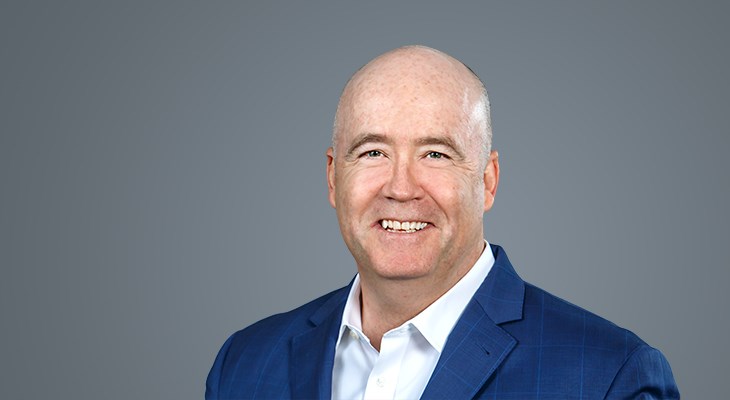It’s rare for pre-revenue life science companies to have a management team that understands everything that serious funders — such as venture capital and private equity groups — are going to ask during diligence. That’s because their management teams typically consist of one or two people who have focused almost solely on proof of concept or preparing for clinical trials.
“Ninety nine percent of the time, the people that are leading the vision are science people,” says Daniel J. Hayes, director, Outsourcing, Life Science, for CLA. “They've got the science wrapped up, but they don't have the regulatory path understood. So they need to find someone that has the right experience.”
Sometimes, these teams can’t afford to add in-house experience that’s successfully commercialized a product, so they look elsewhere to find a partner who can help them take it to the next level.
Smart Business Dealmakers spoke with Hayes about how life sciences founders can navigate some of the critical business steps that help them take their science to market.
Choosing an investor
It’s understandable that some life sciences founders see the billions of dollars flowing into early stage companies and think that getting the $10 million they need — a small percentage of the massive capital flow — should be easy.
“But for every one of those that are out there, there are a hundred that say, ‘No.’ What makes you think that you're better than that?” Hayes says. “What unmet need are you getting to that's not in the market? And what is the breakthrough therapy that you have? You’ve got to be able to explain that to potential investors.”
But it’s not just money that’s being negotiated. In taking funding from a venture capital or private equity firm, founders are actually choosing a business partner, and the process should reflect as much.
When interviewing a potential partner, Hayes recommends talking to professional advisers who have done deals and worked with the prospective funders to find out what they're like and to understand their management style. That’s important because founders, from the time they get VC or PE capital, are going to have quarterly or monthly meetings and financial reporting requirements and will be expected to offer progress updates and explanations when goals and expectations aren’t met.
Is that all?
Once a serious offer has been presented, it can often be difficult for founders to understand the valuation that they receive from a prospective investor.
Founders might do some quick-and-dirty math and back into their valuation. Then they get a disinterested third party that starts to poke holes in their assumptions and ultimately presents a number that can be hard to swallow. That can lead some founders to walk away from an otherwise good deal.
“We all understand that it's their baby that they’re building,” Hayes says. “They think it's worth a lot, and they don't want to give up so much equity for so little dollars. But sometimes owning 10 percent of a multibillion dollar company is pretty darn good as opposed to 50 percent of nothing.”
To get a better sense of what your company might be worth, Hayes suggests getting a quality of earnings study done by outside professionals with experience in the life sciences fields who will take a close look at the day-to-day financials.
Those outside professionals will look to remove one-time startup costs and any personal expenses that don't belong in the financials to get a more accurate picture of what the business is really worth, well before investors are invited to run diligence.
Coordinate your exit
Most life-science company founders know they're not going to take their product or idea all the way to commercialization. Identifying the right stage to exit means understanding the regulatory pathway, the landscape and how expensive each phase is.
“There are different phases, different costs and pains through each one of those phases,” Hayes says. “How much can you stand, and when do you think you can get out? But the end is really going to be dictated by the investors.”
That’s why it’s important that the founders and the VC or PE group have the same expectations of the exit timeline.
“Hopefully you want to get out at the same time,” Hayes says. “These folks will say that they’re in for three to five years and their comfort level of participation of money is up to $10 million, so you can say, ‘That's going to take me to this phase and I'm comfortable with that.’ You both want to be on the same page of where you want to get in and where you want to get out.”




